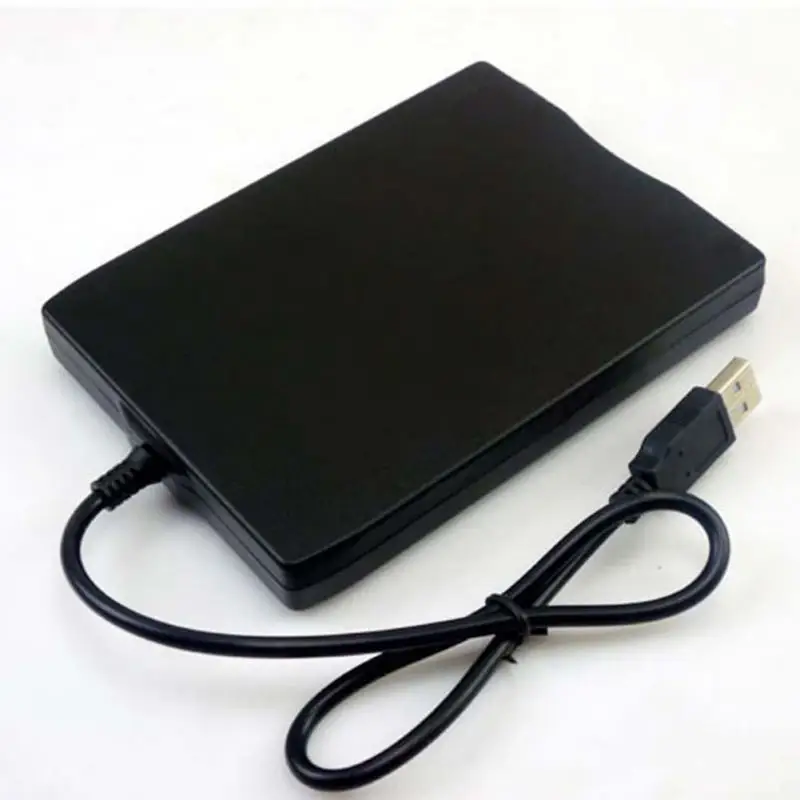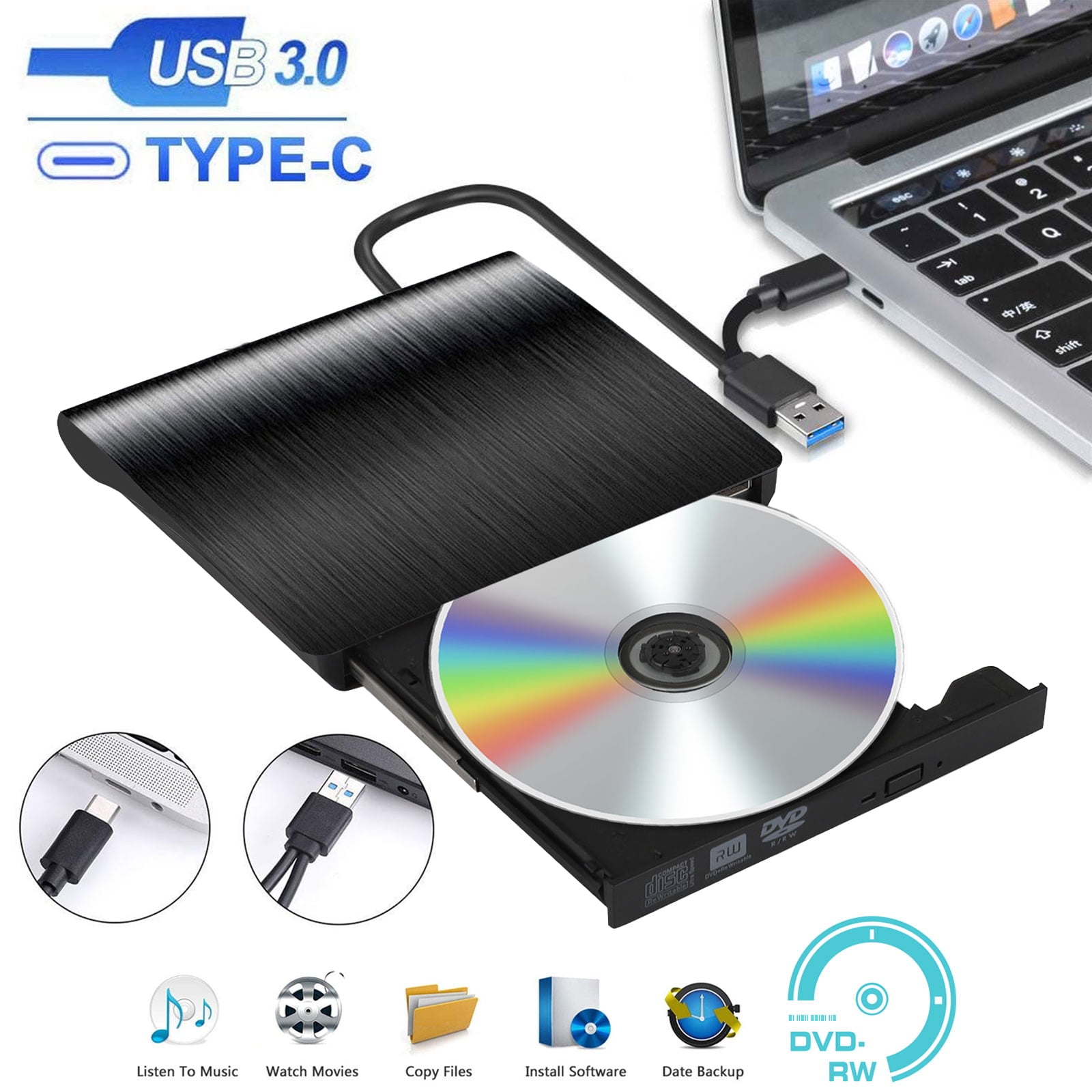

Customers can install simply by dragging and dropping the app onto the convenient Applications folder link. dmg file with a software license agreement, a custom volume icon, and a precise icon layout atop a Retina-optimized background picture. Just drag and drop a file or folder, and DropDMG automatically figures out what to do: create a disk image, convert to another format, join files, etc.ĭeliver your Mac app on a. They are Apple’s preferred format for distributing Mac software and the only archive format whose contents you can directly access in the Mac Finder-no extraction or third-party software required. Disk images pack entire folders or disks into a single compressed file, either for transport across the Internet or simply for backup or archival. Repeat steps 3–5 for each remaining partition.DropDMG makes it easy to create a professional disk image for your app. Restore from a disk image: Click Image, choose the disk image you want to copy, then click Open. Restore from a volume: Click the “Restore from” pop-up menu, then choose the volume you want to copy. This is the volume that is erased and becomes the exact copy. In the sidebar, select the volume that you want to restore, then click the Restore button. See Partition a physical disk in Disk Utility on Mac. The destination disk must have as many partitions as the disk image, and each of the disk’s partitions must be at least as large as the corresponding partition in the disk image.

In the Disk Utility app, select the disk in the sidebar, click the Partition button, then partition the destination disk.

The disk image’s volumes appear as disks in the Finder. In the Finder on your Mac, double-click the disk image to open it. To restore a disk image with multiple volumes to a disk, you must partition the destination disk, then restore each volume individually.


 0 kommentar(er)
0 kommentar(er)
